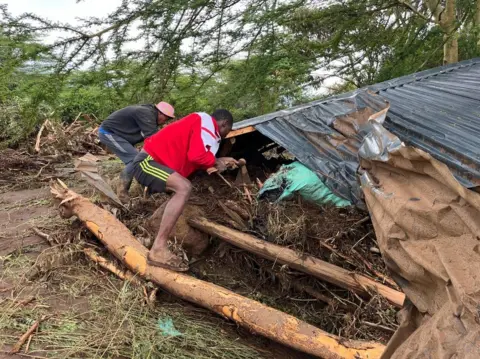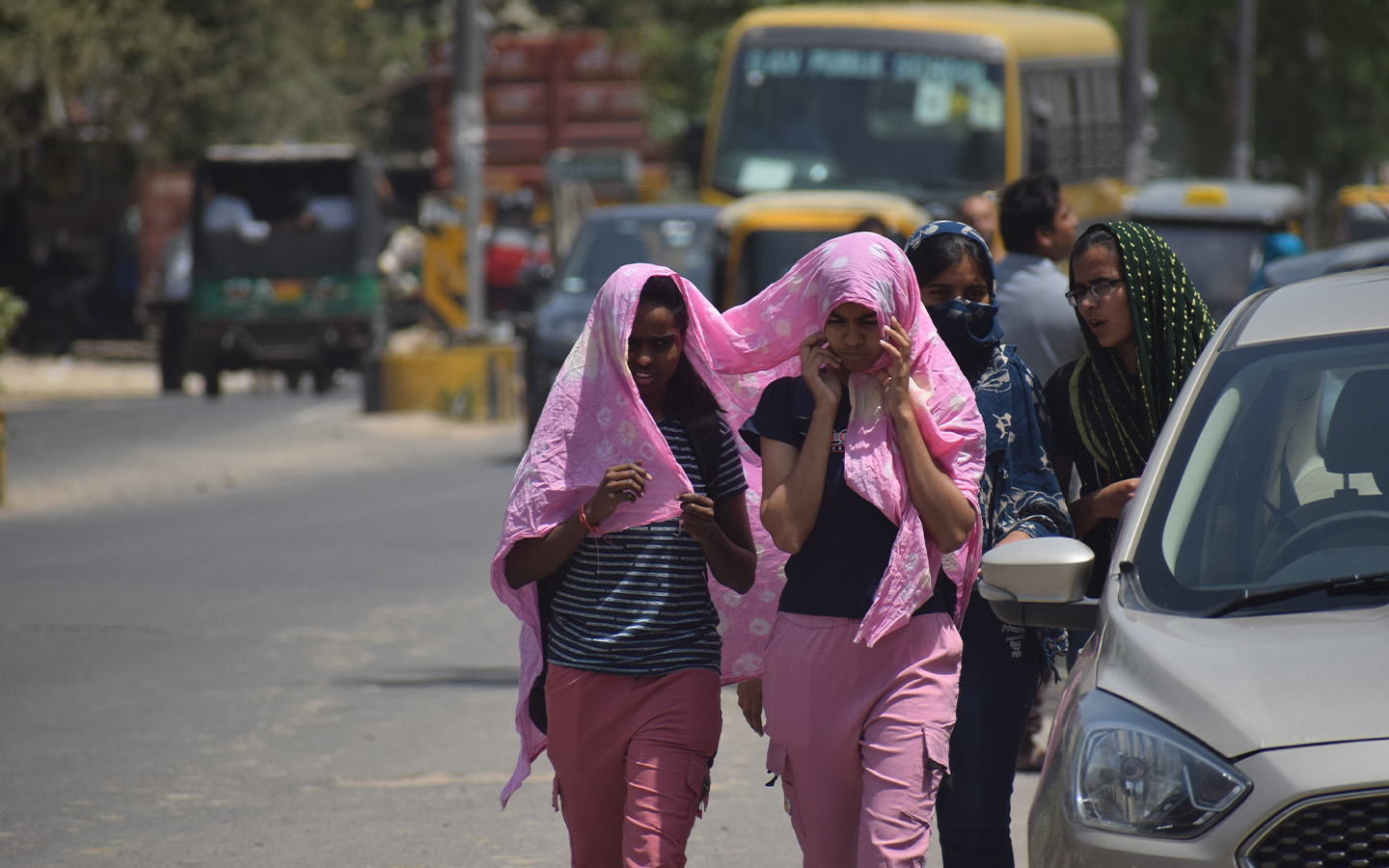Giant hail couldn't have formed without climate change, computer simulations suggest

In August 2022, a storm of giant hail — fueled by a marine heat wave — pelted northeast Spain. One of those hailstones is shown here next to a 1 Euro coin for comparison.
@MORGANA_50/FORALLAC/CATALONIA
By Javier Barbuzano
A torrent of giant hailstones in northeast Spain may have been fueled by climate change.
On August 31, 2022, a brutal hailstorm struck the small Spanish city of La Bisbal d’Empordà. The storm unleashed balls of ice up to 12 centimeters wide, causing widespread damage to property and crops, injuring dozens of people and killing a 20-month-old toddler. Computer simulations now suggest that in a preindustrial climate, the storm could not have generated hailstones this big, researchers report in the March 28 Geophysical Research Letters.
The study is the first to establish a link between climate change and a specific hailstorm. “In the past, it was thought that climate change could only be associated with large-scale or global phenomena,” says Juan Jesús González-Alemán, an atmospheric scientist at the Spanish State Meteorological Agency in Madrid.
He and his colleagues had suspected that a record-breaking marine heat wave in the western Mediterranean Sea had created the perfect conditions for extreme hailstorms. The heat wave lasted six weeks and pushed seawater temperatures to about 30° Celsius in some areas, or more than 3 degrees above normal, González-Alemán says. This in turn could have supercharged the atmosphere with energy and moisture.
It might be “counterintuitive” to link hail, which in principle requires cold, to a marine heat wave, González-Alemán says. But the extra energy the storm could draw from the hot sea allowed it to produce massive hailstones by staying longer at higher altitudes, where temperatures drop below freezing, he says. “Strong updrafts, fueled by warm sea temperatures and high humidity, can suspend larger hailstones, allowing them to grow for a longer time within the cloud.”
To see how the storm might have behaved in a world with a different climate, the researchers used computer simulations to re-create the storm under different circumstances. In one simulation, for example, the team lowered the sea temperature to the average for that time of the year. In another, they also changed atmospheric parameters to preindustrial levels, tweaking things such as air temperature, relative humidity and wind.
The simulations showed that while the storm would have occurred with or without climate change, it wouldn’t have been able to generate hailstones of the size witnessed in La Bisbal d’Empordà in a preindustrial climate.
The finding suggests a connection between climate change — which is leading to more frequent and more intense marine heat waves — and the formation of larger, more destructive hailstones (SN: 2/1/22). And, the researchers note, historical data on how often giant hail — defined in their study as wider than 5 centimeters — fell in Spain each year bear that out. While storms with giant hail were once rare, occurring on average three days a year in the early 2010s, the past decade or so has seen a small but worrying uptick in their frequency.
Climate scientist Olivia Romppainen-Martius, however, is wary of attributing hail events to climate change based on these kinds of simulations and past meteorological records. “You need multiple lines of evidence that are all robust to really support attribution statements,” says Romppainen-Martius, of the University of Bern in Germany.
One problem, she says, is that the computer simulations used in this study can´t directly compute the hail size produced by a storm. Instead, scientists must estimate a storm’s hail-forming potential based on parameters such as wind speed, atmospheric stability and air temperature. As a result, what researchers can really evaluate is the likelihood of forming a certain hail size under a particular set of conditions.
On top of that, Romppainen-Martius says, the historical databases used to estimate the hail-forming potential of storms could be incomplete, making any long-term trends less reliable. “I would say the jury is still out on whether or not we can attribute individual hail events to climate change.”
González-Alemán argues, however, that the team’s study shows the strong connection between sea temperature and creating the atmospheric conditions that can produce giant hail. The 2022 storm had “the perfect conditions to reach the maximum possible energy, and that is where the climate change comes in, because it makes [these] heat waves increasingly frequent.”
In the future, as extreme marine heat waves become more intense, people should expect more powerful hailstorms with larger hail sizes, he says. Simulations of the same storm in a context of more advanced climate change showed that hailstones could reach up to 20 centimeters across — nearly twice as wide the largest hail that fell on La Bisbal d’Empordà.
“As we learn more about these extreme events it becomes clear that we need to adapt,” González-Alemán says. “At this point, this is more about adaptation thananything else.”















